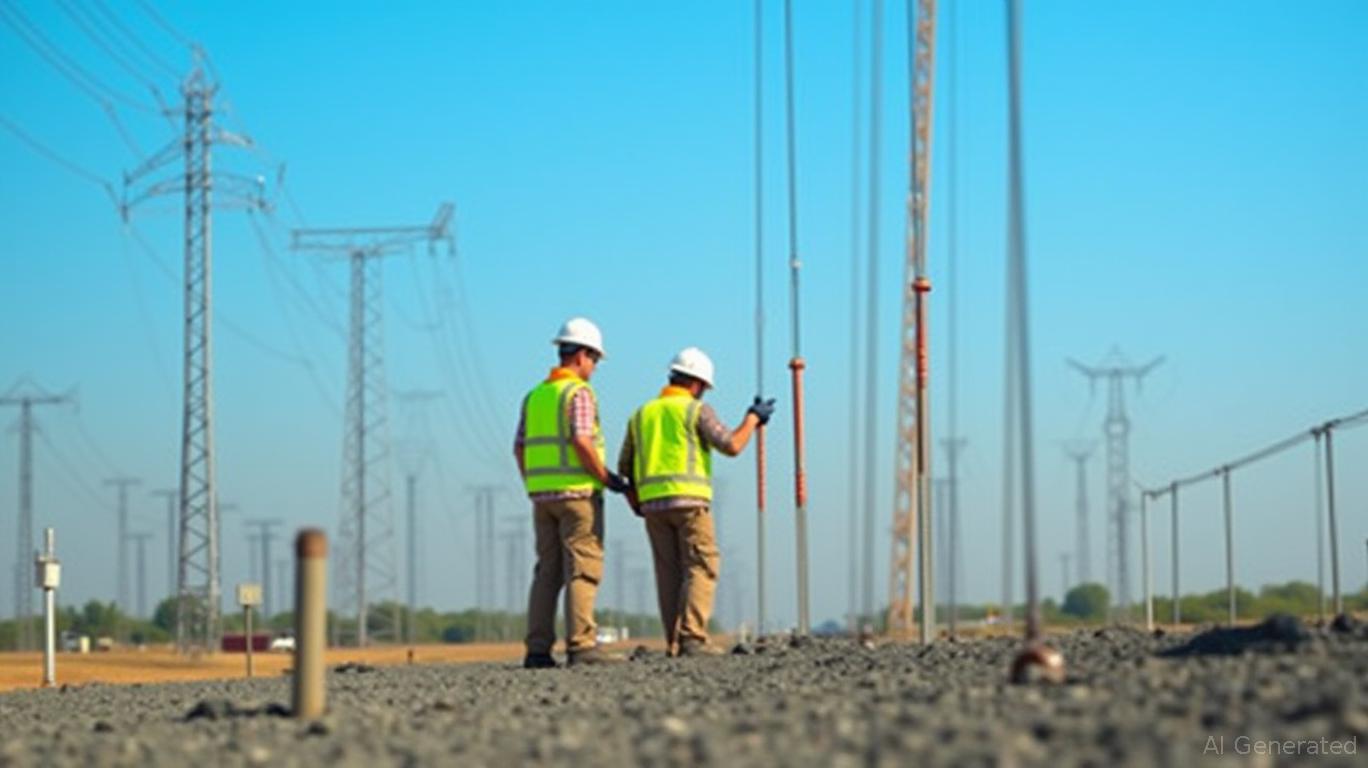Portland's Power Infrastructure Resilience Post-Outage: A Catalyst for Smart Grid Investment
The recent June 2025 power outages in Portland, Oregon, which left over 1.4 million customers without electricity at their peak, were more than a fleeting inconvenience. They exposed the fragility of an aging grid system struggling to keep pace with rising demand, extreme weather, and the shift to renewable energy. For investors, this crisis is a clarion call: utilities with robust modernization plans and regulatory tailwinds are now positioned to deliver both ESG alignment and stable returns. The outages have crystallized an investment thesis—one centered on utilities like
(PGE) that are transforming their infrastructure to meet 21st-century challenges.The Outages as a Wake-Up Call
The June outages were triggered by a rare heatwave pushing temperatures above 90°F, straining Portland's grid as air conditioning demand surged. While PGE restored power to most customers within hours, the incident underscored systemic vulnerabilities. Aging transmission lines, peak demand surges, and the lack of sufficient battery storage highlighted gaps in the region's infrastructure.

The outage's timing also revealed a critical truth: climate-driven weather extremes are no longer anomalies. The Pacific Northwest's winter peak demand in February 2025 hit 35,500 MW—a record—while summer peaks are rising steadily. Utilities must now prepare for a future where extreme heat and cold strain grids simultaneously.
Modernization Efforts: PGE's Playbook for Resilience
Portland General Electric's response to the crisis has been instructive. The utility's Harborton Reliability Project, a $1 billion initiative, aims to address a key transmission bottleneck by upgrading lines in Forest Park and adding a new quarter-mile segment. Construction is slated to begin in 2025, with completion targeted by late 2027—a timeline PGE calls “critical” to avoiding projected outages by 2028.
The project is part of a broader strategy: PGE has already invested in battery storage facilities like the 200 MW Seaside project, set to come online mid-2025. These initiatives, combined with smart grid technologies and demand-response programs, are designed to balance supply and demand in real time.
Regulatory and Market Tailwinds
PGE's modernization is supported by favorable regulatory conditions. Oregon's Clean Energy Jobs Plan mandates 100% carbon-free electricity by 2040, incentivizing utilities to accelerate renewable integration. Meanwhile, the Northwest Power and Conservation Council's Ninth Power Plan, finalized in 2026, will prioritize grid upgrades, demand response, and transmission expansion.
The region's energy demand is projected to grow 30–60% by 2046, driven by data centers, EV adoption, and industrial loads. PGE's focus on reliability and decarbonization positions it to capture this growth. The utility's regulated rate base—ensuring stable earnings despite market volatility—adds further resilience.
Investment Implications: A Sector in Transition
For investors, the Portland outages underscore a broader opportunity: utilities with clear modernization pipelines and strong regulatory relationships are now defensive holdings with growth potential.
- PGE as a Case Study: PGE's stock has outperformed peers in 2025, reflecting investor confidence in its grid upgrades and clean energy commitments. Its CapEx on modernization has surged from $300 million in 2020 to over $800 million in 2024, signaling a sustained focus.
- ESG Alignment: Utilities like PGE are now dual beneficiaries—investors gain exposure to both climate resilience and stable dividends.
- Sector-Wide Trends: The demand for grid reliability extends beyond Oregon. Utilities with aging infrastructure (e.g., PacifiCorp, NextEra Energy) are also prioritizing upgrades, creating a sector-wide opportunity.
Risks and Considerations
Not all utilities will thrive. Projects like the Harborton initiative face risks: regulatory delays, supply chain bottlenecks, or cost overruns could derail timelines. Investors must scrutinize execution rigor and balance sheets.
Conclusion: A Grid for the Future
The Portland outages were a turning point. They exposed vulnerabilities but also revealed a path forward—one paved with smart grids, renewable energy, and regulatory support. Utilities like PGE, with their clear modernization roadmaps, are not just mitigating risk but capitalizing on it. For investors seeking ESG-aligned, income-producing assets with long-term growth, this sector offers rare resilience in an era of climate volatility. The grid of the future is being built now—and those who invest in its architects will reap the rewards.

Comments
No comments yet